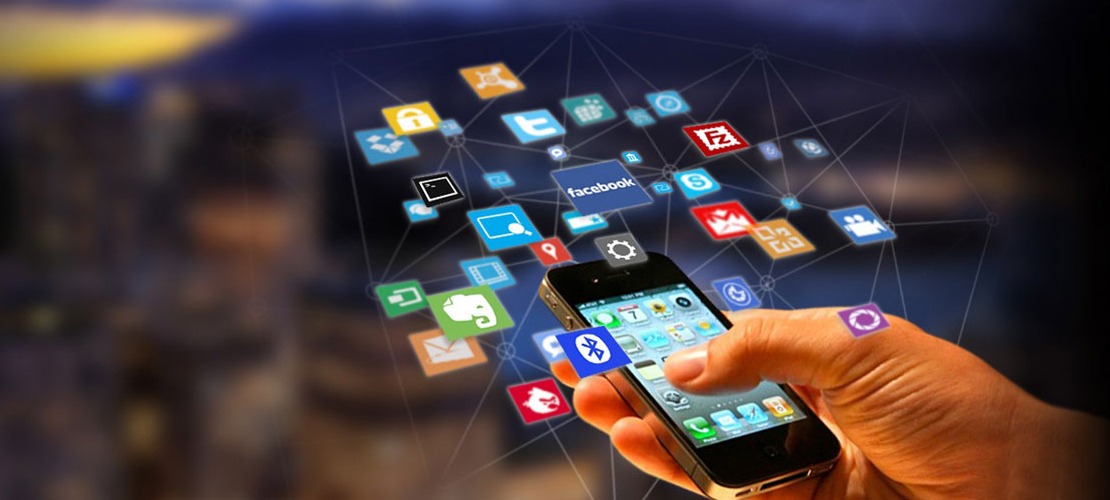1. Artificial intelligence (AI): AI technology is being used to develop applications that enhance accessibility for people with disabilities. This includes AI-powered voice recognition and natural language processing systems that allow for hands-free communication.
2. Voice assistants: Voice assistants like Amazon Alexa and Apple Siri are helping people with disabilities control their smart homes, perform tasks online, and access information through voice commands.
3. Augmented Reality (AR) and Virtual Reality (VR): AR and VR technologies have been used to create immersive experiences for people with disabilities, allowing them to explore and interact with virtual environments.
4. Robotics: Advances in robotic technology have resulted in the development of assistive robots that can help individuals with physical disabilities carry out daily activities, such as mobility assistance or assistance with grasping objects.
5. Wearable devices: Wearable devices like smartwatches, hearing aids, and fitness trackers are incorporating more accessibility features. These devices can monitor health conditions, offer navigation assistance, and enhance communication.
6. Screen readers and magnifiers: These assistive technologies have greatly improved the accessibility of digital content, allowing individuals with visual impairments or reading difficulties to access and comprehend information on computers and smartphones.
7. Gesture recognition: Gesture recognition technology enables people with mobility impairments to control devices and interact with interfaces using hand gestures or body movements. This technology is particularly helpful for those with limited dexterity or paralysis.
8. Eye-tracking technology: Eye-tracking devices allow individuals to control computers and communicate by simply moving their eyes. This technology is especially beneficial for people with severe motor disabilities.
9. Brain-computer interfaces (BCIs): BCIs enable individuals with severe physical disabilities to control devices or communicate directly with their thoughts. This technology translates brain activity into commands, allowing for independent control and communication.
10. Mobile apps: Various mobile applications have been developed to improve accessibility for people with disabilities. These apps range from communication aids and cognitive support tools to navigation assistance and real-time captioning for individuals with hearing impairments.
It is worth noting that these technologies are continually evolving, with ongoing research and development focusing on further enhancing accessibility for people with disabilities worldwide.

